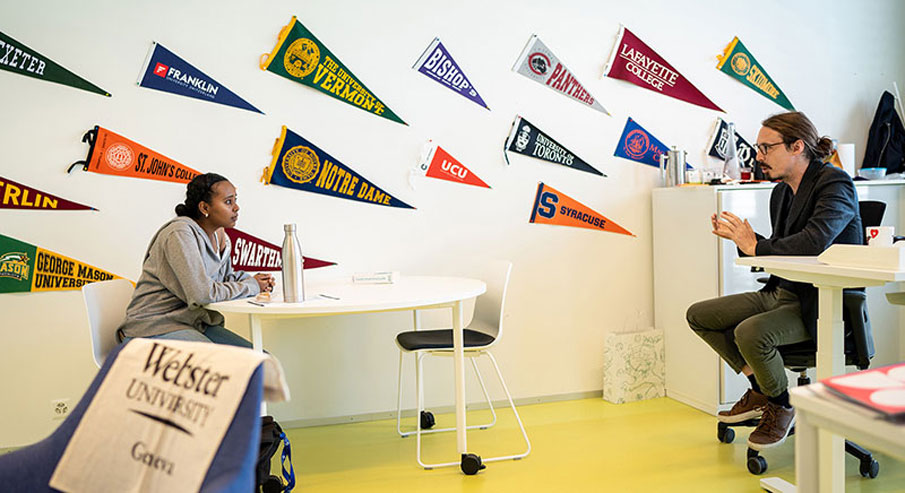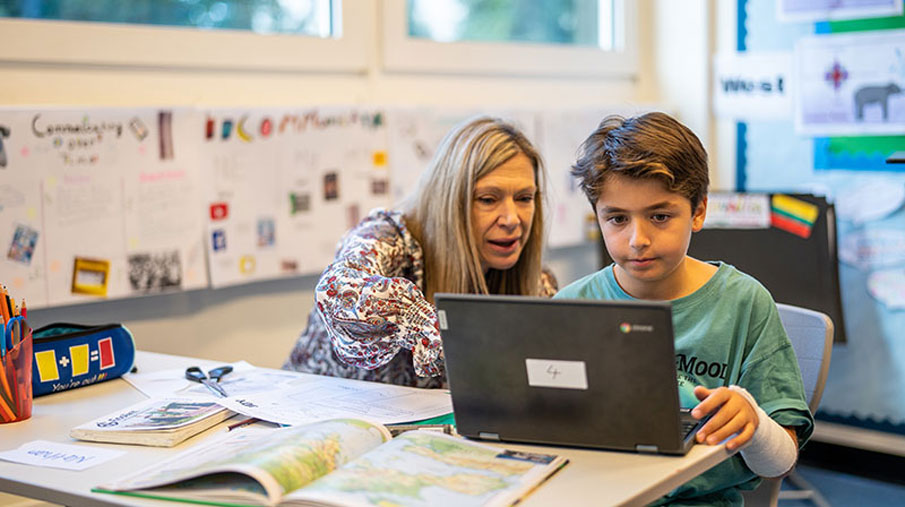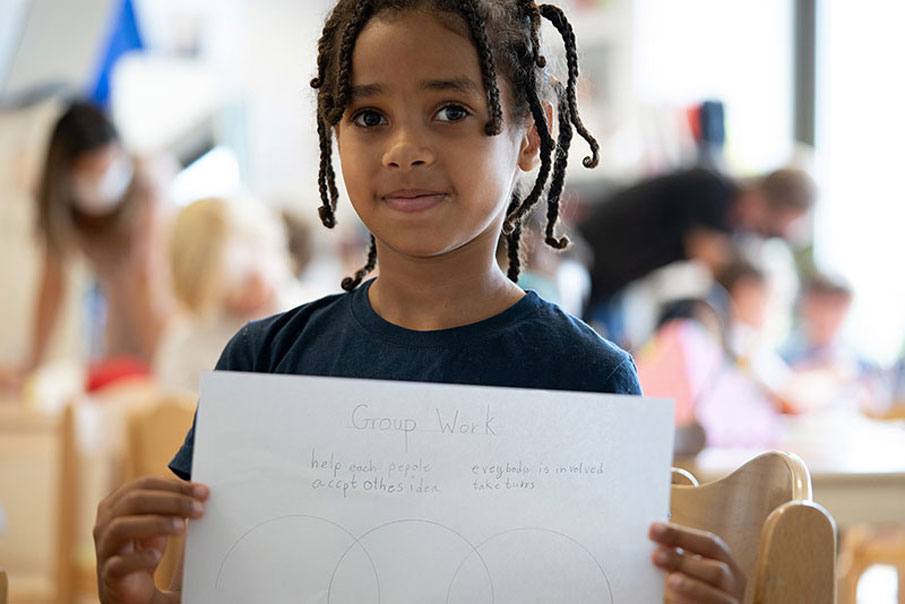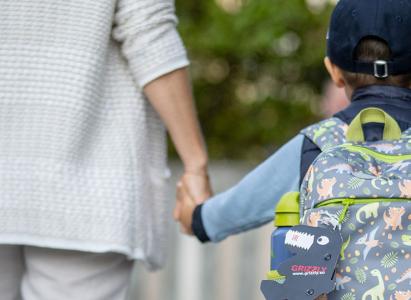A new relationship must be established between education and the knowledge, capabilities, and values that it cultivates. This starts with examination of the capabilities and knowledge that enable students to build a peaceful, just and sustainable world and maps backwards along the curricular pathways that help them develop those capacities. (UNESCO, 20201, p. 64)
Fragmentation
About 90 years ago, education was essentially a national endeavour. There was little in the way of any international agreement about what educational standards or educational philosophy should entail. UNESCO’s International Bureau of Education and the Ecole Internationale de Genève, both founded in the mid 1920s, were two of few organisations in the world that looked to inter-state agreement on educational priorities.
With the creation of the League of Nations and, later, the United Nations came the birth of affiliated educational organisations such as UNICEF and UNESCO with a global focus on education. In the 1960s, the International Baccalaureate and the United World Colleges movements were formed, federating ever more schools around common objectives.
However, the idea that all educational systems were working to similar imperatives was not yet consolidated: international cooperation was something done either at the level of a circuit of private schools or through nation state agreements that were much more focused on understanding and accepting each other’s positions than agreeing to unite around two or three planetary goals.
Unity
With globalisation came the gradual understanding that our planet’s resources are finite and interdependent, although it is broadly accepted that this knowledge did not translate - and has still not translated - into the type of economic and inter-governmental actions that are needed to show that we understand the fragility and immediacy of this reality. However, the worldwide discussion on educational development, brokered essentially by UNESCO, has responded to these questions forcibly and intentionally, most especially in the period of the last thirty years.
Two important white papers that would influence a greater harmonisation of educational practice across the planet were the Delors Report (1996), calling for educational practices to focus on four pillars (learning to know, learning to do, learning to live together, and learning to be) and the Incheon Declaration (2015), which set out a road map to achieve Sustainable Development Goal 4 by 2030: to ensure inclusive and equitable quality education and promote lifelong learning opportunities for all.
In 2021, a foundational white paper was produced by UNESCO: the Futures of Education New Social Contract. The global themes evoked, as areas of focus for educational institutions worldwide, were: inclusion and equity, cooperation, solidarity, collective responsibility and interconnectedness. These themes are governed by two foundational principles: ensuring the right to quality education throughout life and the strengthening of education as a public common good.
The Transforming Education Summit
António Guterres’ presentation on educational imperatives at the United Nations Headquarters in New York on the 16th, 17th and 19th of September 2022 underpinned these themes in a stirring call to action for all educational systems and operators to focus on five action tracks that operationalise the New Social Contract. These are:
- Inclusive, equitable, safe and healthy schools
- Learning and skills for life work
- Teachers, teaching and the teaching profession
- Digital learning and transformation
- Financing of education
Implications
If we reflect on these foundational documents, from 1996 to the present, three core themes emerge that speak to the work educators and leaders must focus on as we move to the middle of the 21st Century.
1. Inclusion
The need to transform educational systems so that students feel that their cultural backgrounds, identities and narratives can be heard and are reflected in a curriculum that is student-friendly and responds to the local and global contexts that frame it.
Inclusion encapsulates several vital themes: decolonising the curriculum; understanding and teaching for neurodivergence; ensuring that school and university ecosystems respond to the needs of inclusion; child protection; anti-discrimination; diverse staffing; knowing - at an institutional level - how to onboard and support individuals bringing diversity to the community; designing professional development on culturally-responsive pedagogies and ensuring that educators are equipped to respect diversity in the areas of “income, gender, race or ethnicity, religion, language, culture, sexuality, political affiliation, disability, or any other characteristic that could be used to discriminate and exclude” (UNESCO, 2021, p. 12)

Another essential dimension of inclusion is relevance and student-centred curriculum design. Including learners in the journey of their own education means designing assessments that include a richer palette of human flourishing than abstract, academic high-stakes assessments alone. A truly inclusive school or university will give students agency to express their needs, dreams and desires through their learning. It is in this manner that an education for life and professional skills rises to the surface of imperatives for transformation: we can no longer produce a 19th century styled abstract curriculum as an answer to the multitude of questions surrounding a young person looking for a school and university experience that will equip them to thrive in the world professionally and socially. Inclusion goes beyond feeling included in school, it’s about feeling included in the world through the education one has been given.
2. Sustainability
This theme includes environmental sustainability, meaning that schools and universities should operate as examples of carbon-neutral entities but also ensure that curriculum enhances an understanding of environmental custodianship.
However, it also speaks to financial sustainability: the responsibility authorities have to protect and enhance teachers’ working conditions. For education to be sustainable, the teaching profession must be resourced and sustained properly. Guterres’ exhortation to ministries to design protective career pathways for teachers shows a real desire to ensure that the very livelihood of schooling and scholarship is enhanced. There is little point talking about education reform without focusing on the people carrying out the mission in the classroom. This level of sustainability is all the more pressing as teacher pipelines are increasingly broken and teacher shortages become chronic in many parts of the world.

At the level of access, an essential driver of sustainability is technology. Hybrid systems include more learners and can reduce the cost of education. In times of crisis, ensuring that the digital divide is not exacerbated when learning has to shift online means that it behoves educational designers to have technology sit side-by-side with face-to-face instruction as a viable alternative that can be used quickly if needed but also allowing blended and hybrid solutions to complex learning scenarios. As such, the ongoing and sustainable continuation of learning can be enhanced by intelligent uses of technology.
3. Peace
This is the most important theme, which is the bedrock for the first two. Sustainable Development Goal 17, partnerships for the goals, is in many ways the most salient of the SDGs because it evokes the need for collaboration and teamwork to achieve them.
The tragedy of the commons has thwarted efforts to achieve sustainable development. This is because the design of ultra liberalism encourages each individual to view the world as a platform for their own advancement; education is commodified and understood as a means to a material end; the rights to a comfortable life stands in the way of the necessary collective efforts needed to save our planet, which imply personal and collective sacrifices. Peace is not just the absence of war, it is an agreement to work together on the public good of education.
At another but nevertheless related level, the polarising of opinions on questions of social justice; escalating conflict in the Middle East and Eastern Europe, to mention just two war-affected global hubs; and an increase in strident xenophobia across several regions of the world, all stand in the way of a harmonious, inclusive and sustainable future for education. Educating for peace is teaching young people the importance of remaining open-minded, being good listeners, developing the skills of diplomacy and negotiation necessary for us to work across frontiers for a better tomorrow.

Where to from now?
As we step back into our classrooms and lecture halls, online or in community centres, into meetings at leadership, board or curriculum development level, let’s remember these three core steps to take: the step of inclusion, the step of sustainability and the step of peace.
None of this should compromise the extraordinary depth and quality that hundreds of years of education reform have brought into being; it’s not about dumbing down education or damaging its intellectual and cultural backbone, it's about reconceptualising it, renewing it and making it stronger for the needs of learners, society and the planet:
To make a new social contract for education together, we need to think about curricula as much more than a grid of school subjects. Curricular questions need to be framed in relation to building competencies and two vital processes that are always present in education: the acquisition of knowledge as part of the common heritage of humanity, and the collective creation of new knowledge and new worlds. (UNESCO, 20201, p. 64)
References
UNESCO. (2021). Reimagining our futures together: a new social contract for education. Paris. ISBN: 978-92-3-100478-0
